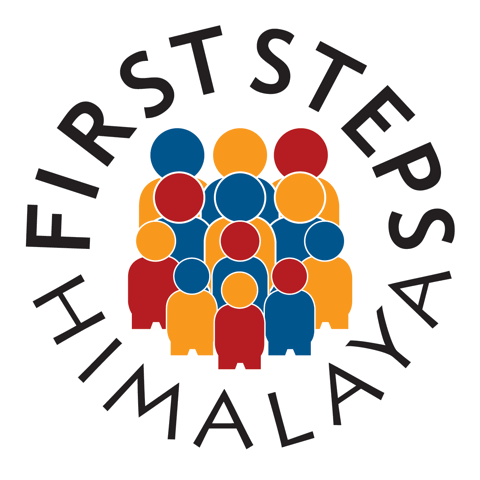Reading and storytelling are very important in children’s development. Books allow children to extend their vocabulary, stretch their imagination and learn about the world. Training teachers to read aloud and engage their students in reading is vital for the development of literacy in rural Nepali schools. As English is a compulsory subject throughout school, rural Nepali classrooms should contain books in both English and Nepali.
As part of our practical teacher training courses, teachers learn how to elicit ideas from the children, getting them to guess what might happen next. They learn the importance of repetition for stories for young children and are encouraged to read favourite stories over and over again.
One of the hardest challenges of encouraging literacy and reading in rural Nepal is the lack of culturally relevant books available. Children are far more engaged with books when they see themselves, their environment and their lifestyles represented in them. Storybooks that feature holidays at the seaside, Christmas dinner or the London Underground contain concepts that are entirely foreign to the vast majority of rural Nepali children. Books set in Nepal that feature familiar family structures, houses and animals allow children to identify and connect with stories, and even inspire them to write about their own lives. Teachers are also more confident reading aloud books on topics that they fully understand.
Children in Sangachok learning to read books to themselves.
Jana Jyoti School, Sangachok has a wonderful collection of colourful big books which encourage a love of reading.
Project Manager, Ranjana Giri takes time out to read a story to children in our ECD.
A teacher at a project school introducing a story to the children.
It is for this reason that we rarely accept donations of books. Although it can be difficult to say no to well-intentioned donations, the vast majority of books published overseas are simply not appropriate to be placed in rural Nepali classrooms. We purchase culturally relevant books in Kathmandu stores, and whilst these are not plentiful, there are some fantastic Nepali books out there.
It was this conundrum that inspired First Steps Himalaya to create our own storybook to be distributed among schools. Sita’s Search was written by board member, Nicola Crawford and follows a young girl, Sita, on a search for one of her family’s goats, encountering various characters from her village along the way. The simple text is designed to aid young readers learning English, and the colourful illustrations reflect the landscape, houses and people of rural Nepal. Our new book Hari’s Rainbow will be published later this year.










